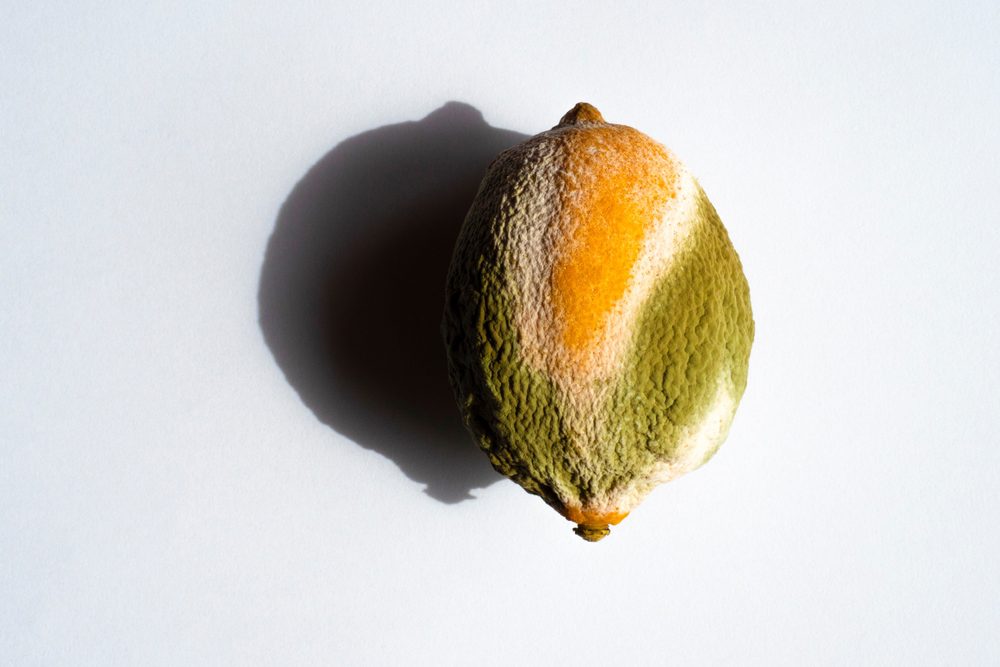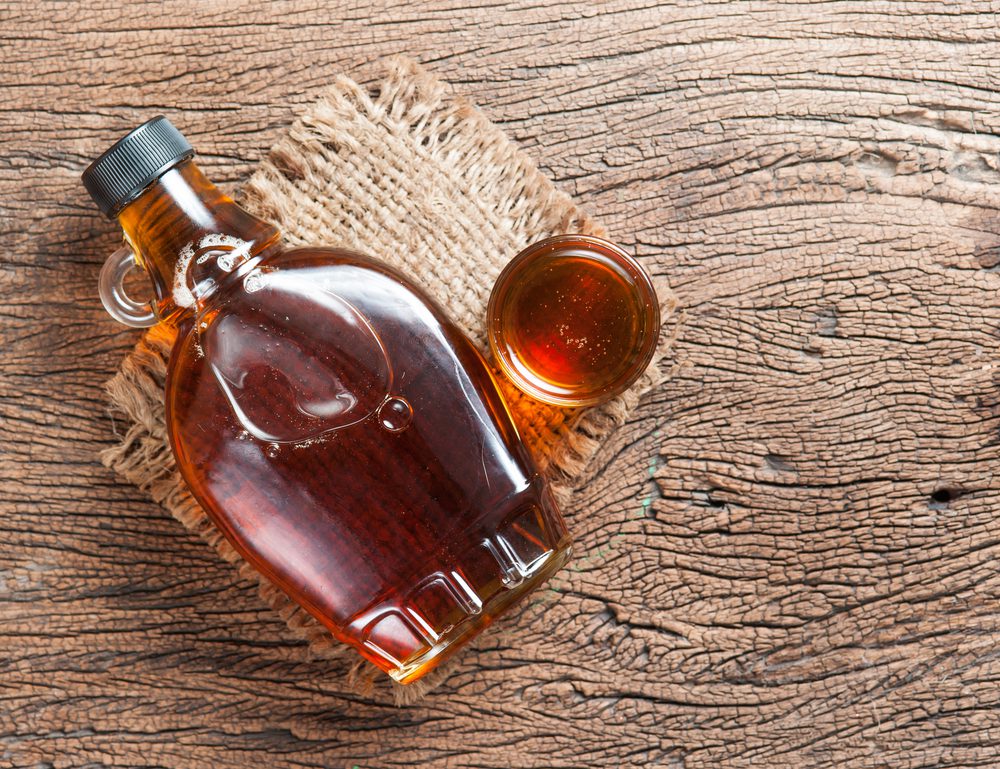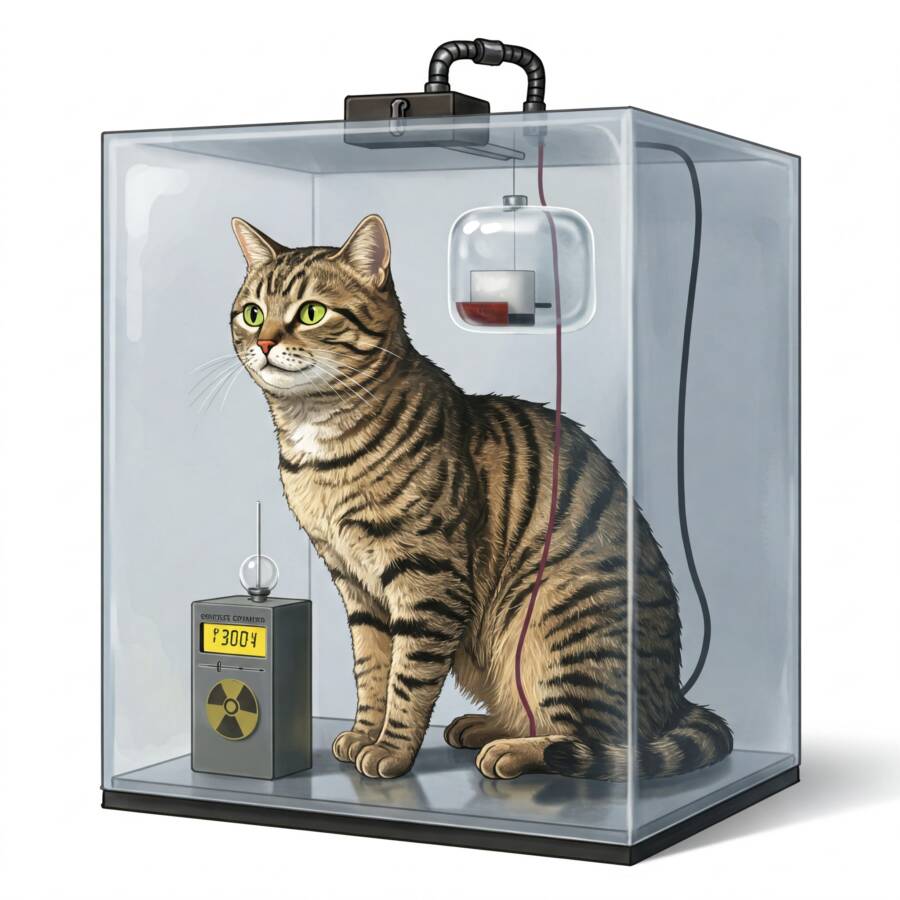Most likely, at some point, you’ve stumbled upon kitchen molds while searching for your favorite snack or while cleaning the fridge. You know what we are talking about. That colorful fuzz that made you say “yuck” while inspecting your favorite treat.
But what you need to know is that not all kitchen molds are the same. There are thousands of types of molds that are part of the kingdom Fungi. All of them have specific traits and talents.
That fuzzy spot you see is only the tip of the iceberg. It’s the part that spreads the spores, but underneath that, you can find the mycelium. Molds are extremely complex and are connected through wide circuits, which they use to communicate.
But what do these kitchen molds want from us and our snacks? Scientists say that they want to reproduce and take over the world. Let’s take a quick tour of the kingdom of fungi and discover the most interesting facts about them. We are sure they will amaze you!

1. Diplodia natalensis
We believe that this is a universal experience. You once opened your vegetable drawer and discovered a half-dark lemon inside. And it is not a regular blackening; it is a really unattractive one.
Usually, it comes from the stem end of the lemon, and the dark part has a mushy texture. This type of mold is also known as fruit rot, and it affects any fruit, not just lemons. They can be watermelons, oranges, or strawberries.
Diplodia natalensis is a devious mold that lives inside dead trees. It stays in the back and will show on your fruit only after it has been picked, packed, and later stored inside your fridge.
2. Kitchen Molds: Rhizopus stolonifer
Rhizopus stolonifer, also known as black bread mold, is one of the kitchen molds that will most probably take over your brioche or beagle. But what is even more interesting is the process behind it.
Scientists have a theory that the spores infested the bread while it was still in the bakery. After that, probably some small breadcrumbs fell into your toaster, and this is where it all begins.
This is one of the kitchen molds that are called specialists. And this is a bread specialist. It loves bread, eats it fast, and then grows at insane speeds.
These molds adore sugars, and everybody knows that bread is basically sugar that is easy to break down. Never eat a bagel that is infested by Rhizopus stolonifer. It will taste terrible.
3. Botrytis cinerea
This is another one of the kitchen molds that loves to eat your fruits. And if your favorite fruits are strawberries, we want to inform you that Botrytis cinerea’s favorite fruits are also strawberries.
If we analyze the level of toxicity, this is not an extremely toxic mold, but don’t blink because you might be surprised by how fast it can gobble up the fruit.
It can easily grow on the fruits when they come from the fields. It is all because of the damp conditions that make it extremely hard to eradicate it.
This type of mold is also known as “noble rot. This is because it can sometimes grow on grapes while they are still in vineyards. By drying them out, Botrytis cinerea makes them even more flavorful.
4. Zygophiala jamaicensis
This is one of the kitchen molds that usually grows on apples and grapes, and people know it as flyspeck. Its growth is triggered by a large variety of molds that are different from region to region and form different types of apples.
The fruits that are affected by this mold are generally thrown away by consumers, but you need to know that they are harmless and the flyspeck grows only on the surface without affecting the whole fruit.
Flyspeck appears on the skin of the apple, and it looks like small black bumps. If you ever find an apple affected by this, keep in mind that this is how it came from the orchard. And remember that this mold will never lurk in your cupboards.
5. Penicillium chrysogenum
If you ever let bread stay in your cupboard longer than it should, then you have for sure observed Penicillium chrysogenum. Is that puffy thing that takes over your bread and has a greenish color and a distinct smell.
And yes, if you have noticed that the name sounds like penicillin, you are right. These molds come from the same genus, but please don’t try to use the one you find on bread as a home remedy.
There are many kitchen molds, but this one is probably the most “popular”. We say this because we think that most of you know it. Just remember that mold does not transform into antibiotics unless it has been removed from its growing medium and refined in a laboratory.
There are over 300 species of mold in the Penicillium group, and they are known for making various toxins. Nevertheless, one species (Penicillium roqueforti) produces blue cheese, while another (Penicillium nalgiovense) cures salami.
6. Aspergillus niger
This is an interesting one. It grows on onions, and you can see it between the leaves as some black flecks. And one thing that no one knows about it is that it can cause ear infections in humans.
But it can do many other things besides this. When you drink a beer that has a lemony taste, it is all because of Aspergillus niger. This is one of the kitchen molds that people use in order to make something beneficial out of it.
The sister of this fungus, Aspergillus oryzae, has been known to humans for hundreds of years and is used in the making of soy sauce and miso soup. There is also the green Aspergillus flavus that grows on peanuts and can cause liver cancer.

7. Wallemia sebi
The mold world is full of interesting species, but this one is truly special. From all kitchen molds, Wallemia sebi prefers to live in extreme conditions. And for mold, extreme condition means a place that is incredibly sugary or very salty and dehydrating.
Sometimes you can find it in your maple syrup, but it is hard to spot it because it looks like thick brownish blobs. So, next time, eat your maple syrup slowly and try to observe it.
Now there is an ongoing debate regarding whether this mold is toxic or not. Many of them insist that it is not harmful, while others recommend that you throw your maple syrup away if you see mold in it.
There are many types of molds in this world. Some of them love food; others just love humid places. Some of them are good molds, like the ones that grow on cheese, while others are harmful and can cause health problems and allergies. And because of this, you should always be prepared and have special products that you can use to remove mold.
If you have mold problems in your home, you can try this mold remover gel that you can find for an amazing price on Amazon: GELIVABLE Mold Remover Gel
You should also read: Millions of People Took These 9 Prescription Drugs That Were Later Pulled From the Market














